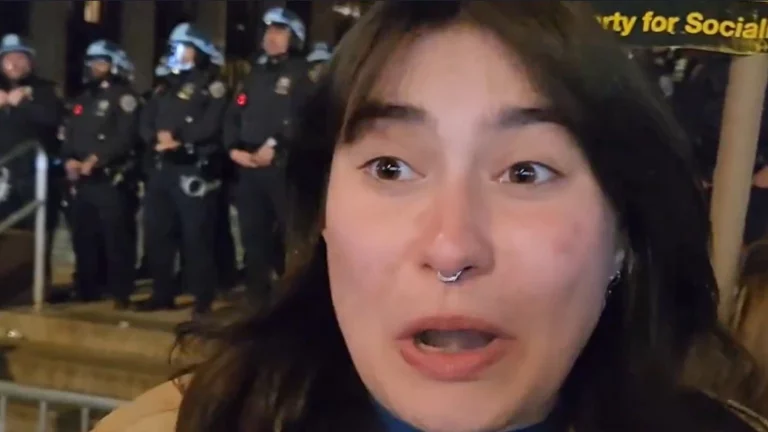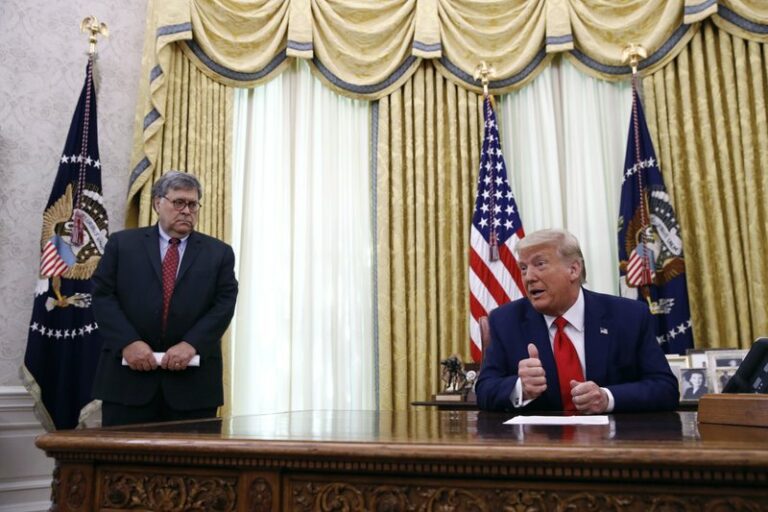 By Rabbi Yair Hoffman for the Five Towns Jewish Times
By Rabbi Yair Hoffman for the Five Towns Jewish Times
In Lakewood, New Jersey, a battle rages. The battle is a halachic one and is concerned with the concept of Techumim – the outer boundary in which one may travel on Shabbos.
This halachic battle has caused no less than three seforim to be printed on the laws of Techumim in Lakewood, New Jersey alone. The first is by Rabbi Chaim Tzvi Gorelick, and was republished in 5774. The second is by Rabbi Yoseph Chananya Jacobovits and was published in 5772. The third is Gvul HaYam by Rabbi Yitzchok Menachem Weiss, published in Taives of 5775.
Of course these are not wars of violence, hate and or jealousy. They are the melchemta shel Torah – the scholarly analysis of the words of Torah – including the Tur, the Yerushalmi, and the Rosh. The three Seforim have brought to light more clarity in a very complex topic.
THE QUESTIONS
One original question was: May a resident who lives near the Yeshiva walk to Kimball Hospital (now Momouth Southern Campus) on Shabbos? Can one walk back to Lakewood from Brick hospital? Is there a difference whether it is to go to minyan? Is it permitted to go back to watch one’s kids (a possible great need where one can perhaps be more lenient)?
THE HISTORY
Almost 270 years ago, three brothers, John, George, and Henry Skidmore, wanted to make a sawmill in what was to eventually become Lakewood, New Jersey. They needed power for the mill, so they built a dam on the south branch of the Metedeconk River. A man-made lake was thus created. Eventually, people built housing on both sides of this lake.
Little did the Skidmores know that their decision would prompt the publishing of three erudite halachic volumes of Torah discussion.
In the 1800’s, that lake was named after the three daughters of a businessman, Joseph Woolston Brick, who owned the Bergen Iron Works. His daughters were Caroline (Cara), Sara (Sally), and Josephine (Jo), and the lake was named “Carasaljo.”
This lake, now divides the city into two parts, as do the parks (with no contiguous houses). The area of Lakewood where the Yeshiva is located, Northern Lakewood – is separated from the neighborhoods that are on the south side of the lake. The question is – are North Lakewood and South Lakewood one halachic city? Or are they two cities? In other words, does it just extend one’s 2000 amos into the first part of the second city or does it make one city?
Another question, by the way, is in regard to Tefilas HaDerech. If all of these are one city – then do we say Tefilas HaDerech with a Bracha from Lakewood to the Five Towns?
Before we address these questions, let us get some definitions.
HALACHIC DEFINITIONS
The term “Techum” means the border or boundary – the limit in which one may walk on Shabbos. “Shevisa” means where you have established your residency for Shabbos. A person may walk 2000 Amos in any direction of his or her established Shevisa. The Shevisa, however, can be expanded beyond just a home – it can be expanded to a halachic city.
A HALACHIC CITY AND THE BOX
When there are six or more inhabitable homes next to each other but not more than 70 amos from one another, this is considered a city. A box is created out of the houses where the most northerly house is the northern border, the most easterly house is the eastern border, the most westerly house is the western border, and the most southerly house in the southern border. If the house has a fence that is more than 10 tefachim high, then that fence can be counted as the house as well to be within the 70 amos. Others say that the box does not just follow the directions of the world, but must be made i the shortest possible distance.
A city can extend – as long as there are houses within 70 amos. If there are two groups of six houses then you can actually have 140 amos in between the two groups of houses.
It is universally recognized that the definition of a city has nothing to do with the legal municipalities.
TCHUM SHABBOS IN TERMS OF MILES
What is Techum Shabbos in terms of miles? How much is 2000 Amos? An Amah is 21.25 inches according to Rav Moshe Feinstein zt”l. The Chazon Ish holds it is about ten percent more and Rav Chaim No’eh holds that it is about ten percent less. Thus, the 2000 amos are anywhere between 1/2 a mile to 2/3rds of a mile according to Rav Moshe. Of course everyone should consult a competent Posaik for specific guidelines in his community
EXTENDED BOUNDARIES AND THEIR LIMITS
You may walk 2000 amos past your box. (In addition to that, according to the Tur and Ramah, you have another 70 amos before the 2000 amos – called a Karfah. The Mishna Brurah 398:5 writes that one should not protest if one is lenient with the Tur.) If, however, your 2000 amos takes you into the next city but that next city was not within 140 amos of your city – then you must stop at that 2070 amos invisible border.
BOXING UP LAKEWOOD
When Northern Lakewood is boxed out – the box encompasses parts of South Lakewood. When South Lakewood is boxed out – it may not actually reach many parts of Northern Lakewood. This gives rise to the halachic debate as to whether, when the two parts are boxed out, the parts are considered one city or not.
Rav Gorelick holds that if someone lives in the box he is technically a resident of both cities. It is possible to establish ones shevisa – their residence – elsewhere – in other words not in one’s actual house. This can be done by placing food in a place where one wishes to establish Shevisa and recite a formula. Thus, all one has to do is leave a jar of peanut butter that would spread over four slices of bread and the issue is addressed.
THE TWO SIDES OF THE DEBATE
Aside from how one learns the halachic issues and the sources, the question arises as to what the leading Poskim held. How did our Gedolei HaDor pasken this essential shailah? The Gvul HaYam (pages 25-28) gives a nice summary of the various positions. Of course, his conclusions are not necessarily agreed upon by all parties concerned.
There is a debate as to what the Chazon Ish held. Rav Chaim Kanievsky Shlita, and Rav Dovid Feinstein Shlita hold that the Chazon Ish was of the opinion that a city can be combined through boxing. Rav Nissim Karelitz holds that his position that the boxing out does not make it into one city. [In the Shoneh Halachos of Rav Chaim Kanievsky, he does write that it needs further analysis.] The Chazon Ish itself has in brackets [and the matter remains undecided].
Dayan Weiss (Minchas Yitzchok Vol. VIII #33) held that boxing out does combine cities. Rav Yaakov Kamenetsky zt”l also held that boxing out combines them.
Rav Elyashiv zt”l is quoted that boxing out does not combine cities (Machane Yisroel 3:6). It is said, however, that he allowed it for students of RJJ in Edison that were in Robert Wood Johnson Hospital to walk to a minyan in Edison.
Rav Vosner zt”l is cited in the Dirshu Mishna Brurah that boxing out does combine cities.
Rav Nissim Karelitz holds that it does not.
Rav Shmuel Kamenetzky holds that boxing out does combine cities.
Rav Shlomo Miller holds that boxing out does combine cities.
Rav Yisroel Belsky zt”l held that one should not rely on boxing out to combine a city.
The Sefer Birurei HaMidos (a student of the Nodah BiYehudah) states, “veharibuyah aino michlal ha’ir and the box is NOT WITHIN THE CONFINES OF THE CITY.”
Of course these are conclusions of the Gvul HaYam and are not necessarily fully agreed to by others who have interacted with these Poskim.
OTHER ISSUES
There is another question that is also debated. Even after one boxes out a city can a new box be made? Rav Shlomo Miller shlita is of the opinion that one cannot make a newer and bigger box. (The third sefer references his view.)
There is also the question of what the status is of a city within a keshes – a city bow. There is a halacha that if there is a city in the shape of a bow where either there is less than 4000 amos from the two ends of the city, and/or it is within 2000 amos of the out perimeter of the bow – then the entire bow is considered part of the city. What if the boxed out city lay within the city bow – will this connect the city in a manner that is halachically more acceptable than a boxed out city? This too may be a leniency – even according to those who do not hold that boxing out a city connects it to another halachic city.
THREE KEFARIM [TOWNS]
There may be a third issue too. The Gemorah in Eiruvin 57b states that if there are three cities in the shape of a triangle, one may “virtually” move the upper city to lay in between the two cities to form a straight line allowing for the techum to be extended past the tchums of the other two cities. The limitation is that it cannot moved even virtually past 2000 amos. But does this make it one city as well, or does it just allow one to walk 2000 amos from one side to the other? Also can the city be “virtually moved” if the space that it is moved into is not as wide as that city? This issue is left out of Shulchan Aruch. Some are of the opinion that because of this – it is a problem. Others feel that it is not a problem at all.
The three Seforim all have maps and illustrations in which to apply the concepts.
These questions apply to virtually every city in America and Israel with a frum population and are particularly applicable to bungalow colonies. The sad truth is that most people ignore all issues having to do with Techum. The halachos of Techum Shabbos have become the step-child of Torah learning – “Oh, yes, we always skip that part.” Torah should have no step-children.
Hopefully, these Seforim will help open the field.
The author can be reached at [email protected]






One Response
Do you think the word “wars” is an appropriate word to use?